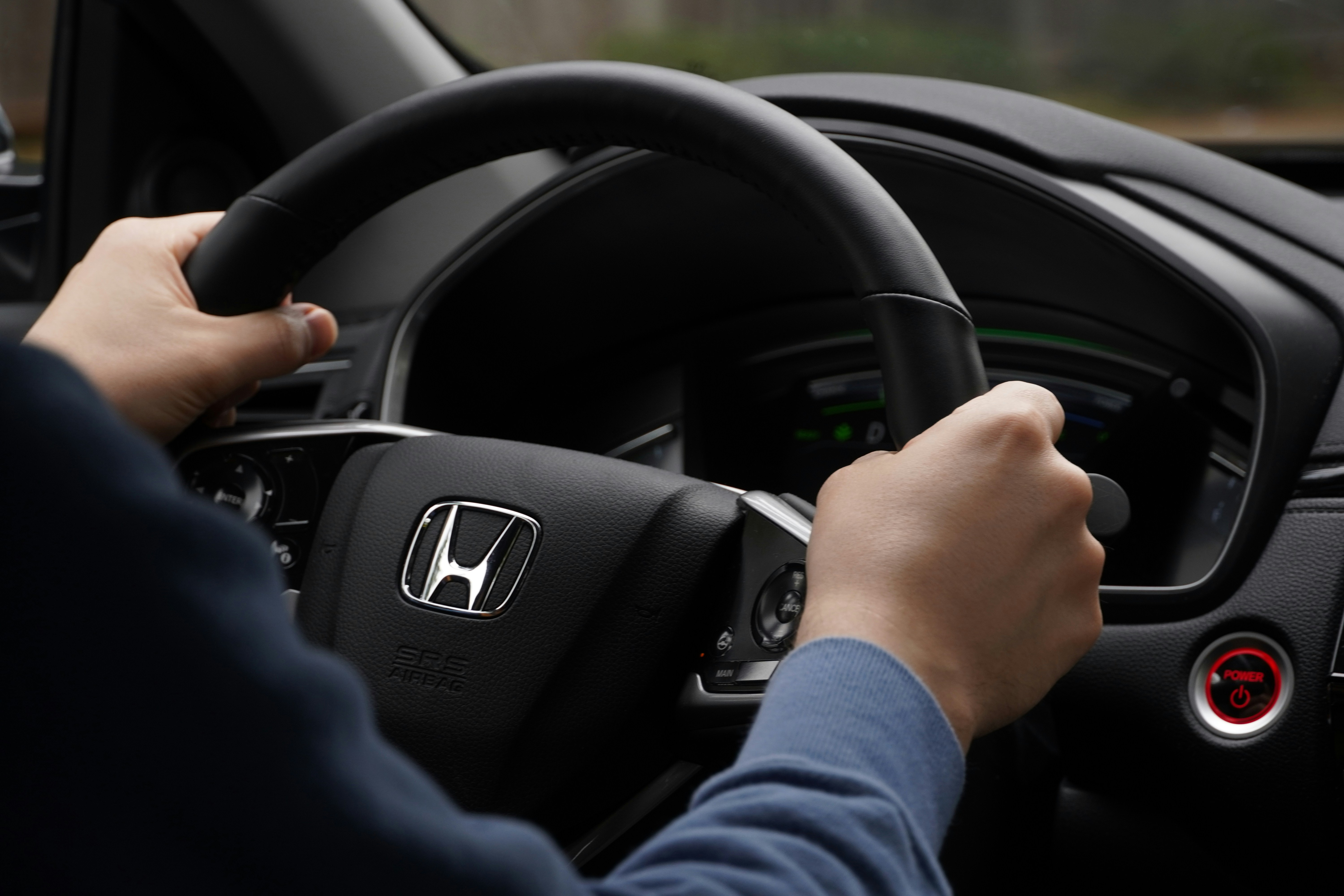Best SUV Deals: How to Maximize Value on Your Next SUV
Looking for the best SUV deals? This guide breaks down how to spot high-value offers on SUVs, from fuel economy and safety tech to interior comfort and dashboard usability. Learn where to research prices, when to shop, which interior and tech features matter most, and compare top models to find the best value for your budget.

Best SUV Deals: How to Maximize Value on Your Next SUV
Choosing the right SUV is about balancing space, capability, comfort, and cost. With so many models and incentives available, finding the best deal can feel overwhelming. This guide walks you through practical strategies to uncover great offers, the interior and technology features that add long-term value, and how dashboard design and fuel economy factor into ownership satisfaction.
How to locate the best SUV deals nearby
Start your search online where inventory, incentives, and pricing tools are easiest to compare. Use automotive comparison sites and manufacturer portals to filter models by price, features, and dealer incentives. Look for manufacturer rebates, low-interest financing, lease specials, and local dealership promotions—these can materially lower your out-of-pocket cost.
Don’t limit yourself to digital research. Visiting several dealerships gives you the chance to test drive vehicles and negotiate terms in person. Sales cycles create timing advantages: dealers often offer stronger discounts at the end of the month, quarter, or year as staff try to hit sales targets. Subscribing to local dealer newsletters, setting alerts on vehicle listing sites, and following dealerships on social media are simple ways to catch limited-time deals and exclusive incentives.
When bargaining, come prepared with invoice pricing research and competitive offers from other dealers. Be open to different trim levels or certified pre-owned units if they deliver better overall value for your needs.
What to prioritize for long-term value: fuel economy and safety
Fuel efficiency matters more than ever as fuel prices swing. An SUV with competitive MPG ratings reduces lifetime operating costs and can influence insurance and resale value. Compare EPA ratings and consider hybrid or mild-hybrid options if you do a lot of city driving.
Safety features are another major value driver. Many modern SUVs include advanced driver-assistance systems (ADAS) like automatic emergency braking, lane-keeping assist, adaptive cruise control, and blind-spot monitoring. These features not only improve daily driving confidence but may lower insurance premiums and improve resale appeal. Prioritize models offering robust standard safety packages rather than relying on optional upgrades.
Interior features that boost comfort and resale value
Interior quality and flexibility have a big impact on ownership enjoyment. Look for adjustable seating arrangements, fold-flat second or third rows, and cargo management systems that let you switch between passenger and cargo priorities quickly. Durable materials matter if you expect heavy use—upholstery, trim finishes, and easy-to-clean surfaces can prolong a vehicle’s good condition.
Infotainment and connectivity are increasingly central. Touchscreens that support Apple CarPlay and Android Auto, responsive navigation, and good-quality sound systems enhance the driving experience and keep passengers satisfied. Consider climate control features such as dual-zone or tri-zone automatic temperature control, heated/ventilated seats, and rear HVAC controls if you frequently travel with family or in varying climates.
Why the dashboard layout matters
A thoughtfully designed dashboard reduces distraction and makes driving safer and more pleasant. Aim for an intuitive layout where climate controls, audio buttons, and frequently used features are within easy reach and clearly labeled. Digital instrument clusters are becoming standard; they offer customizable readouts that can display navigation, fuel economy, or vehicle diagnostics at a glance.
Heads-up displays (HUDs) are useful when available, projecting critical information onto the windshield so you can keep your eyes on the road. Also assess the quality and placement of storage compartments—easy-access cubbies, cupholders, and a spacious center console can make daily life simpler and keep the cabin clutter-free.
Current SUV models to consider and starting prices
| SUV Model | Manufacturer | Key Features | Estimated Starting Price |
|---|---|---|---|
| RAV4 | Toyota | Strong fuel economy, standard safety tech | $26,975 |
| CR-V | Honda | Spacious cabin, comfortable ride | $26,800 |
| Outback | Subaru | Standard all-wheel drive, light off-road capability | $27,645 |
| Escape | Ford | Engaging handling, multiple powertrains | $27,185 |
| Tucson | Hyundai | Modern design, long warranty coverage | $26,450 |
Prices, rates, or cost estimates mentioned in this article are based on the latest available information but may change over time. Independent research is advised before making financial decisions.
Bringing it all together: strategies to get the best value
Compare models not only on sticker price but on total cost of ownership: fuel, maintenance, insurance, and projected resale. Test drive multiple vehicles to assess comfort, visibility, and how the dashboard layout and controls feel in real use. Check for strong standard safety packages and consider certified pre-owned or higher-equipped trims if they deliver a better value proposition.
Timing and persistence pay off. Use online tools to spot promotions, visit multiple dealers to negotiate, and watch for end-of-period discounts. Subscribe to dealer notifications and be ready to act when a compelling offer appears.
By combining careful research, attention to fuel economy and safety, and hands-on evaluation of interior and dashboard ergonomics, you can find an SUV that fits your lifestyle while delivering strong value for your money. Take your time, compare intelligently, and negotiate confidently—then enjoy the benefits of a well-chosen SUV on the road.





